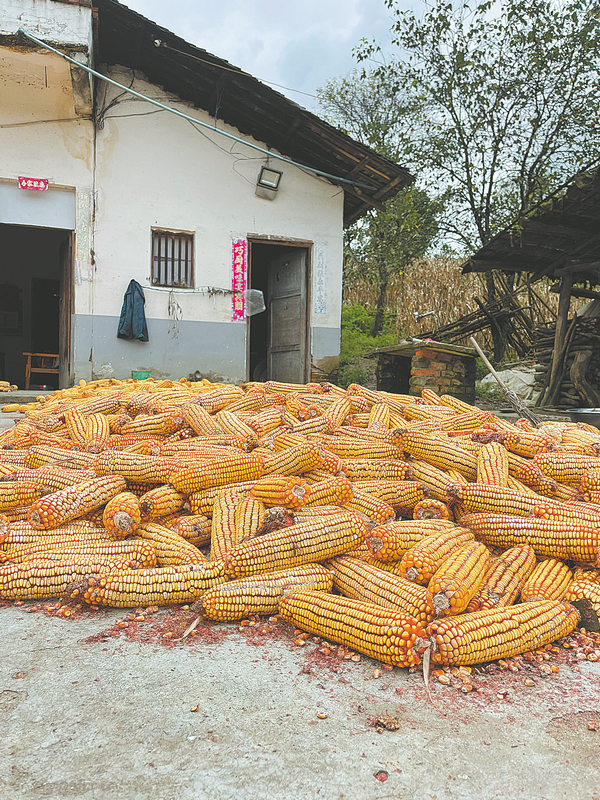

Tangbaqiu was home to migrants from Hunan and Hubei provinces during the late Ming (1368-1644) and early Qing (1644-1911) dynasties. It preserved a cluster of 20 ancient folk buildings that date back to the historical period. Although many buildings have braved the elements after standing the test of time for hundreds of years, the green tiles arranged neatly on the roof and the delicate dragon and phoenix patterns carved on the windows are nothing short of extraordinary, allowing one to feel their unique cultural and artistic charm.
The village was named one of the most beautiful ancient villages in Sichuan by the provincial government in 2018.
Local authorities have focused on improving villagers' livelihood and cultural life over the years, which paved the way for the harvest festival.
The village has given locals subsidies of up to 40 percent of the price of farming machinery they purchase.
Roads linking rural households to their farmlands have been developed to make things easier for their farming.
"Villagers can better use modern transportation to ease farming work while raising efficiency," Lin says.
At the same time, efforts have been made to develop cultural activities. Villagers can be found practicing calligraphy and appreciating poems and paintings at the village activity center.
Library and facilities for chess, table tennis and badminton are available.
"Everyone stayed at home watching TV in the past, but now people come to the culture square," says Zhang Shuliu, a local villager.
Villagers come to enjoy the recreational activities after they finish farming work, she says.
Liu Danjian, 55, was one of the folk music players at the harvest ceremony.
He has been into various folk music instruments, such as suona (traditional double-reed horn) and wooden drum since he was a child.
"I have had more occasions than before to perform in public," Liu says.